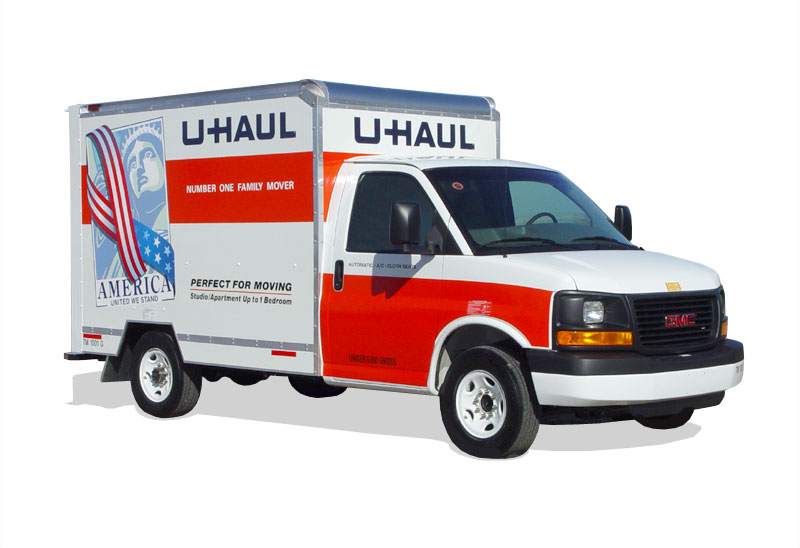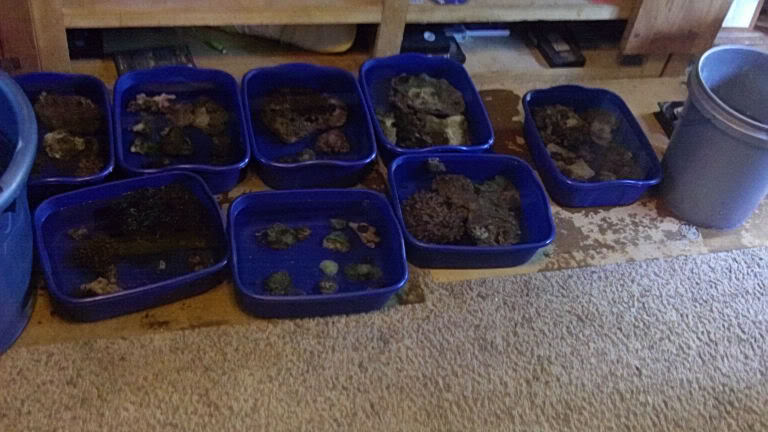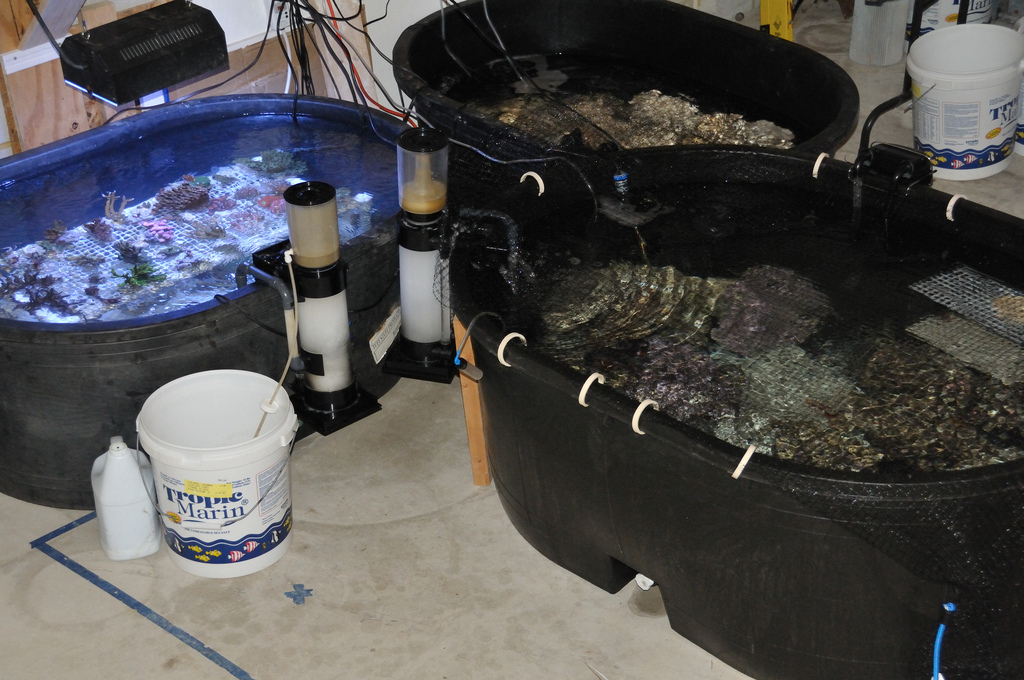MOVING WITHOUT LOSING: Relocating Your Aquarium
MOVING WITHOUT LOSING
We are a very mobile race of beings. We have access to every square inch of the planet and even the moon. Staying in one place for your whole life just is not an option to some. Jobs call for relocation. Families grow and need space to grow. Sometimes we cut in line at the zoo, only to be put on witness protection after we find out it was a mob bosses nephew. Either way, we have to go. So how do you take your reef with you? Lucky you! I have the perfect method. This can be applied to nearly any system. SELL IT. Not good enough? Alright, here is another option that does not involve losing your reef.

PREPARATION:
This is not going to be easy unless your tank is smaller. Prepare your mind in any way you need to. This will be time consuming as well. You will need to plan a day or days that will be dedicated to this task. Get some helping hands, preferably connected to some big muscles. Don’t forget you need to move the rest of your house! If you are moving locally and are limited on time, talk with the realtor about your situation and try to coordinate it so you can setup a holding system early. The previous owners may still be finishing up. Talking to them may help you get things going ahead of time. Prepare your packing. If moving locally, then buckets and totes are perfect. Moving farther than a couple hours will require packaging of your livestock as if you were mailing it, without the postage of course. A quick Google search can give you all the info you need to package your particular animals. You will want them packed individually so they do not harm each other. Rocks and sand will just need to stay moist. Some tanks are small enough to leave the sand and a small amount of water. Locally it is possible to move a large tank full of sand, but it takes quite a few people and will require you not to move it from the stand. I have successfully moved a 125 gallon Low Boy tank with a 6 inch sand bed, but I would not do it again if I had the choice. Again, the mental state of this task is very important. It is very easy to get overwhelmed if improperly approached. Here is a great way to realistically transfer your current reef into its new location or larger tank.
Keep in mind that some corals are more sensitive to moves or may just be too large. If you can stomach it, try to sell off as much as you can. If you know you are moving in advance you can go ahead just take a manageable frag and sell the mother colony. The best option is to sell them to someone when going long distances. If you do not mind parting with any fish or inverts go ahead and sell them off at this point. Who knows, you may need unexpected gas money for the U-Haul. Assuming your livestock is at a minimum, keeping only the corals and fish you cannot part with, we can begin to plan the transport storage.

image via R2R member RDHDDRAGON
Here is what you should expect to pack into these containers:
Water: You will need saltwater to fill, RO water to mix extra saltwater to makeup for loss or upgrade, and water to keep livestock wet.
Rock: Heavy duty trashcans with lids work wonders with wheels. When calculating how many to use keep in mind a manageable fill level is only about 1/3 of the way up, any more and you better still be young.
Livestock: Pack them like you ship them. Bags from the fish store are the easiest thing to use. You can separate corals and fish while storing them in the same styrofoam box or boxes. Use hot/cold packs according to the weather. If you are driving from the wintery mountains to the desert make sure to have cold packs to replace the hot packs or your livestock will be deadstock.
Equipment: pumps, heaters, filtration media, whatever…if it was wet it will smell. The best option is to wash them well before you pack them so they can dry out and produce less odor in storage. Buckets with lids can hold most, if not all, of your stuff. Lighting is also going to need a safe place to go in the move along with any spare bulbs.
Sand: Sell it. Siphon it out over the course of a month so you don’t shock your system. Clean it (or don’t). Sell it. New sand clouds the tank up enough, imagine what all that detritus will do to all that new water you will be making in the future. If you are emotionally attached to your sand you can remove it as if you were selling it, but after you clean it you will want to store it in a tote with water and air bubbling to keep the sand live. When you move just drain the water to about an inch above the sand. Do not forget you have to be able to lift this, so use more than one if necessary.

Coral being staged in containers. Image via R2R member Mike&Terry
Now you have an idea what you need, here is an idea of what to do. Each persons home is different, and each way we transport these tanks to our new homes will vary. The important part is to use this as an example according to your own agenda and setup. Here was mine:
THE MISSION:
1) Drain the water down to the top of the rock into buckets
2) Capture and package corals into their “shipping containers”
3) Put the rock in the buckets with water and close the buckets.
4) Fill the rest of the buckets until the fish are almost sticking out of the water
5) Catch the fish and package them into their “shipping containers”
6) Remove the sand from the tank and put it in buckets.
7) Remove the rest of the water, unplug and pack down all equipment.
8) Load your stuff, drive, and then unload all of it
9) Now just do it all in reverse order!
With this general idea of what you are in for you should have a much easier time than just going at it. We have all been there, and it is not much fun. Last minute problems can cause quite a costly decision when it means leaving your stuff behind. Planning to take a tank down is just as important as how to put one up, which would be a good article to read before you do this as well to see if you have approached your build as good as you could have. Maybe your fish could use an upgrade too?

Leave a Reply
You must be logged in to post a comment.